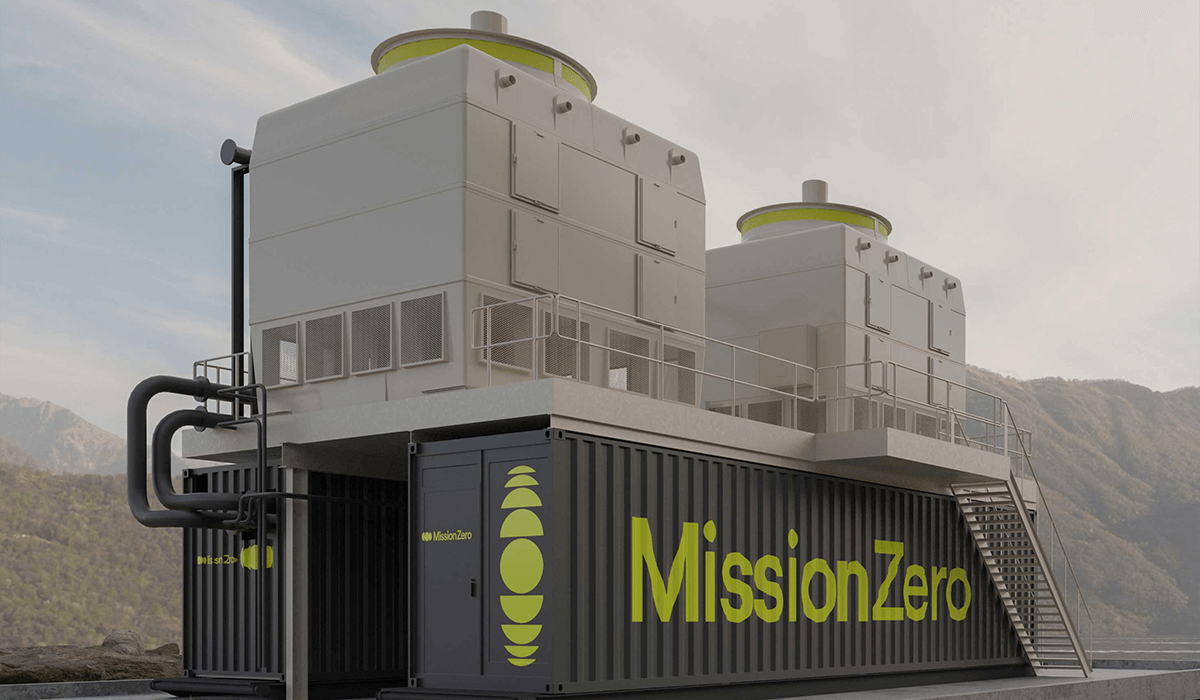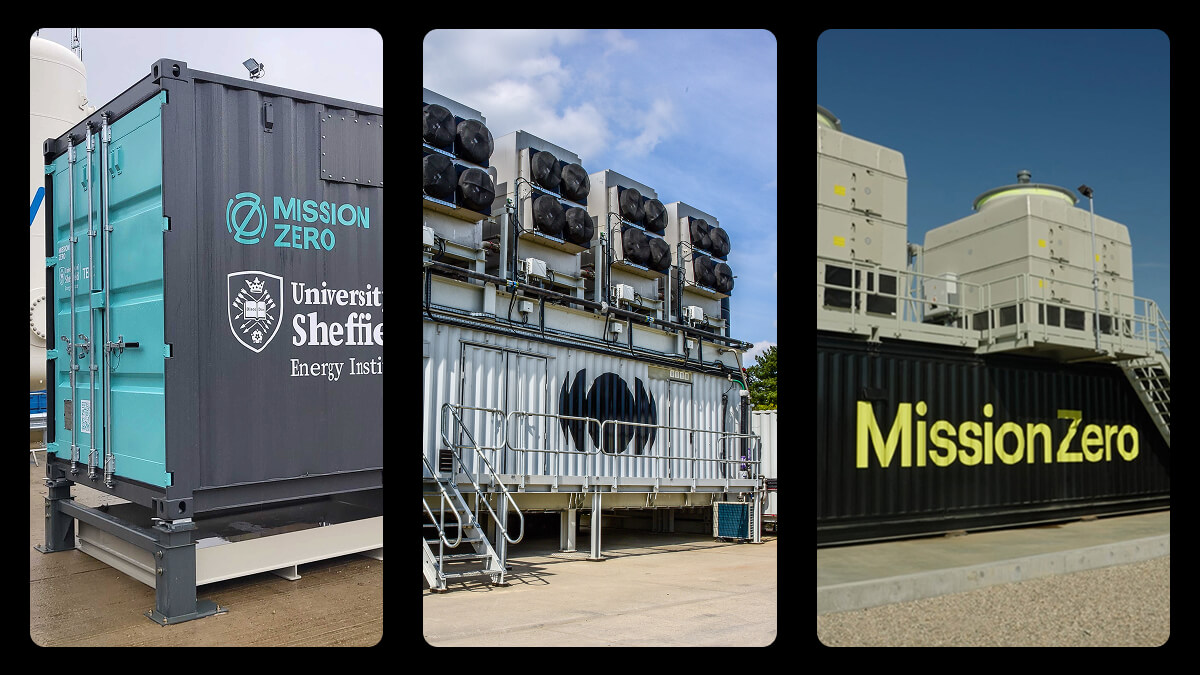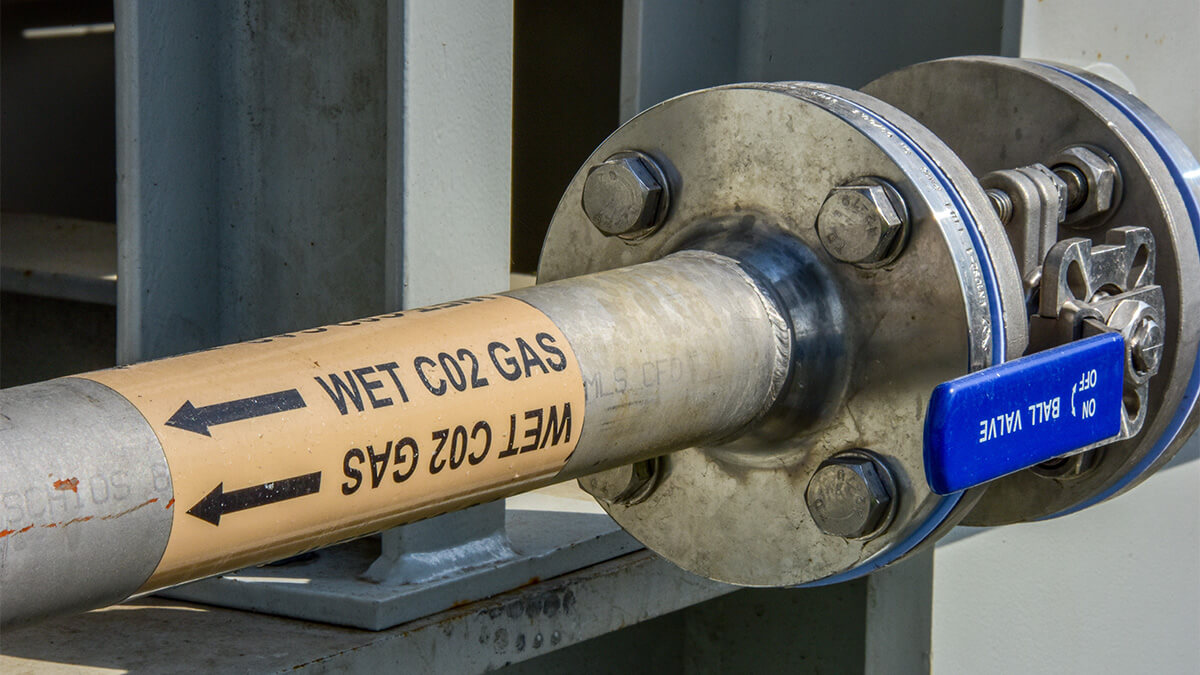As the carbon dioxide removal (CDR) market matures, it’s no longer just about whether removal happens – it’s about how it’s done, and where it sits on the spectrum of quality. The growing focus on high-quality carbon removal is a necessary shift, because the stakes are high.
Every CDR credit sold should represent the real, measurable removal of a tonne of CO₂. If that removal isn’t permanent, verifiable or truly additional, it undermines climate progress.
So, what makes a high-quality carbon removal credit? We’ve unpacked the markers of quality CDR, why it’s becoming a key differentiator in the market, and why high-quality removal approaches like direct air carbon capture and storage (DACCS) are worth investing in today – even if they’re still scaling.
The pillars of high-quality carbon removal
To be a credible solution, a carbon removal method — whether a nature-based solution or engineered using carbon removal technology — has to meet a set of quality checks. These checks exist to ensure that the tonne of CO₂ being sold as a CDR credit has actually been removed – and, crucially, that it’s not going straight back into the atmosphere tomorrow.
Here are the core pillars used to assess carbon removal quality:
Durability and risk of reversal
How long will the CO₂ remain out of the atmosphere?
Some carbon removal pathways, like afforestation, only lock carbon away for a few decades. Others, like geological carbon storage or mineralisation, can secure CO₂ for millennia. The longer the permanence, the higher the climate value — and the lower the risk of needing to repeat the removal down the line.
Carbon removal methods that rely on the short carbon cycle – such as storing CO₂ in trees, soil, or the ocean – are more susceptible to reversal. That’s because these approaches depend on natural systems, where carbon is only temporarily stored. Trees, for instance, have finite lifespans and can release carbon back into the atmosphere when they die, burn, or are cut down. Similarly, soil and ocean storage can be disrupted by extreme weather or human activity like farming, deforestation, or land-use change. Even long-term storage solutions like geological sequestration can carry reversal risks through leakage, necessitating regular monitoring.
High-quality carbon removal should aim for permanence wherever possible, as well as accounting for how likely a reversal is, and how severe it could be. To insure against potential losses, projects can remove additional CO2 to counteract this risk. Short-term removals can be bundled with permanent options to deliver near-term impact while scaling long-term solutions.

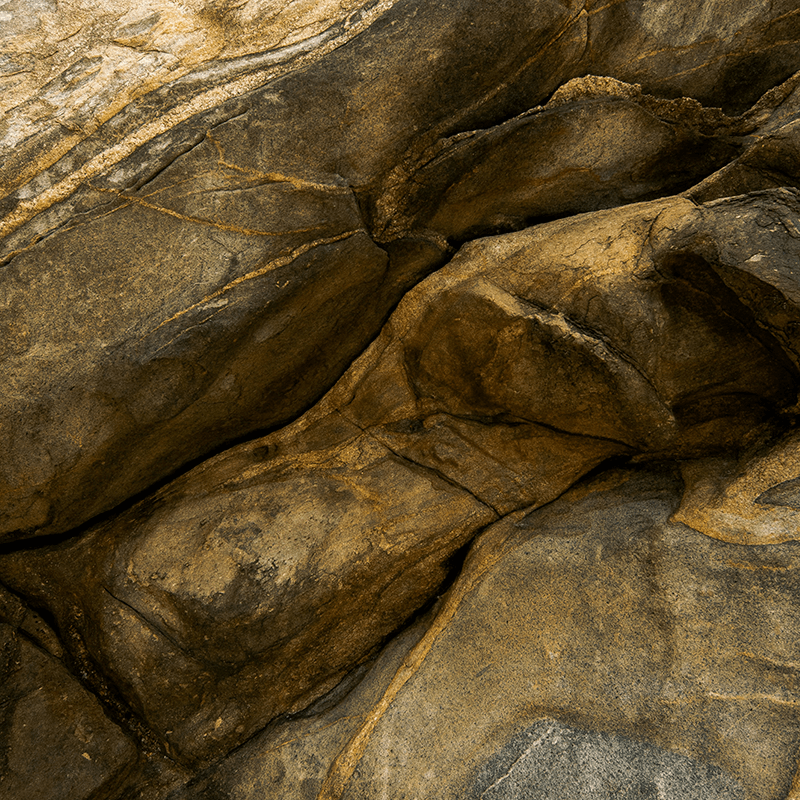


Measurability
Can we track the CO₂ reliably?
If you can’t measure it, you can’t verify it. That’s why measurement, reporting and verification (MRV) is core to any high-quality carbon removal. Some methods, like DACCS, operate in closed systems which can directly trace CO2 molecules that make quantification more precise. Others, like soil carbon sequestration, work in open systems, where measurement is harder and uncertainty is higher. To ensure credibility, verified carbon removal needs to be traceable and transparent – otherwise, there’s a real risk of overstating progress.
Additionality
Would this removal have happened anyway?
To issue a CDR credit, the removal must meet the criteria for additionality – meaning it wouldn’t have occurred unless the removal project goes ahead. This can be difficult to pinpoint with exact certainty, meaning it’s more common to assess the risk of ‘non-additionality’.
A project fails the test if it meets one or more of the following criteria:
- Financially viable — the revenue from the carbon removal isn’t a decisive factor in whether the project goes ahead;
- Legally required — the project is already mandated by law or regulation;
- Common practice — E.g. a once novel technology or practice becomes the most popular method or choice.
Additionality is a strict requirement where carbon removals will be linked to offsetting, but this isn’t the case when it comes to the creation of new policy frameworks and incentives.
Scalability and sustainability
Can the solution scale without creating new problems?
Some solutions work at a small scale but face sustainability limits as they grow. For example, nature-based methods like afforestation and soil carbon sequestration can only grow as far as suitable land stretches – leading to competition with food production or biodiversity at larger scales. Biomass based approaches, including biochar, BECCS, and biomass burial or sinking, are limited by an availability of suitable biomass. Land use, energy use, feedstock availability, and waste product management are some of the main barriers to the growth of individual CDR technologies.
High-quality carbon removal must be scalable and sustainable – delivering carbon drawdown without trade-offs in other areas. Overreliance on a single CDR method is likely to lead to negative outcomes, making a portfolio strategy of quality carbon removal solutions the most promising approach.

Co-benefits
Does the solution deliver value beyond the removal itself?
While not essential to credit issuance, co-benefits like biodiversity restoration, job creation, or grid flexibility add significant value to a project – and often increase buy-in from communities and policymakers. Afforestation can boost biodiversity, soil carbon sequestration can benefit soil health, biochar can be used as a fertiliser, and BECCS produces energy that can be harnessed and put to use elsewhere.
Why DAC represents high-quality carbon removal
Direct air capture is considered a form of high-quality carbon removal when paired with long-term storage – whether underground, in durable products, or through mineralisation.
Here’s how DAC combined with storage performs against the carbon removal quality pillars:
- Permanence and risk of reversal: When paired with geological storage or high-permanence use cases like mineralisation within building materials, DAC achieves carbon lock-in for thousands of years or longer. Geological storage offers an extremely low risk of reversal – with natural mineralisation and regulatory oversight helping ensure long-term integrity. Even in product-based pathways, carbon is embedded in durable materials that degrade very slowly over time, significantly reducing the chance of re-emission;
- Measurability: DAC operates in a closed system, making captured CO₂ volumes precisely measurable and easily verified. With well-defined system boundaries and credible third-party MRV, every tonne removed can be accurately accounted for;
- Additionality: When combined with sequestration projects, direct air capture is inherently additional – without the project, no carbon would be taken from the atmosphere and removed. In other words, no one is putting CO₂ underground unless they’re doing it deliberately. In utilisation pathways, things can be more complex, and must be assessed on a case-by-case basis.
- Scalability: Our electrochemical direct air capture technology is powered by renewable energy, is heat-free, and comes with a compact land footprint. It doesn’t rely on limited natural inputs and is designed to scale rapidly without competing with food systems, ecosystems, or communities. Our systems draw CO₂ directly from the atmosphere, meaning they can be deployed almost anywhere in the world;
- Co-benefits: Our direct air capture technology is already creating high-quality jobs across our deployment sites – including the world’s first fully integrated demonstration of DAC to building materials. By locking captured CO₂ into aggregates, we’re storing carbon for thousands of years and producing a valuable resource for construction. Built to work with the grid, not against it, our fully-electric process is designed to thrive on intermittency and can be easily co-located alongside renewable energy infrastructure to help solve the growing challenge of energy curtailment.
In short, DAC paired with permanent storage offers one of the highest-quality carbon removal options available today.
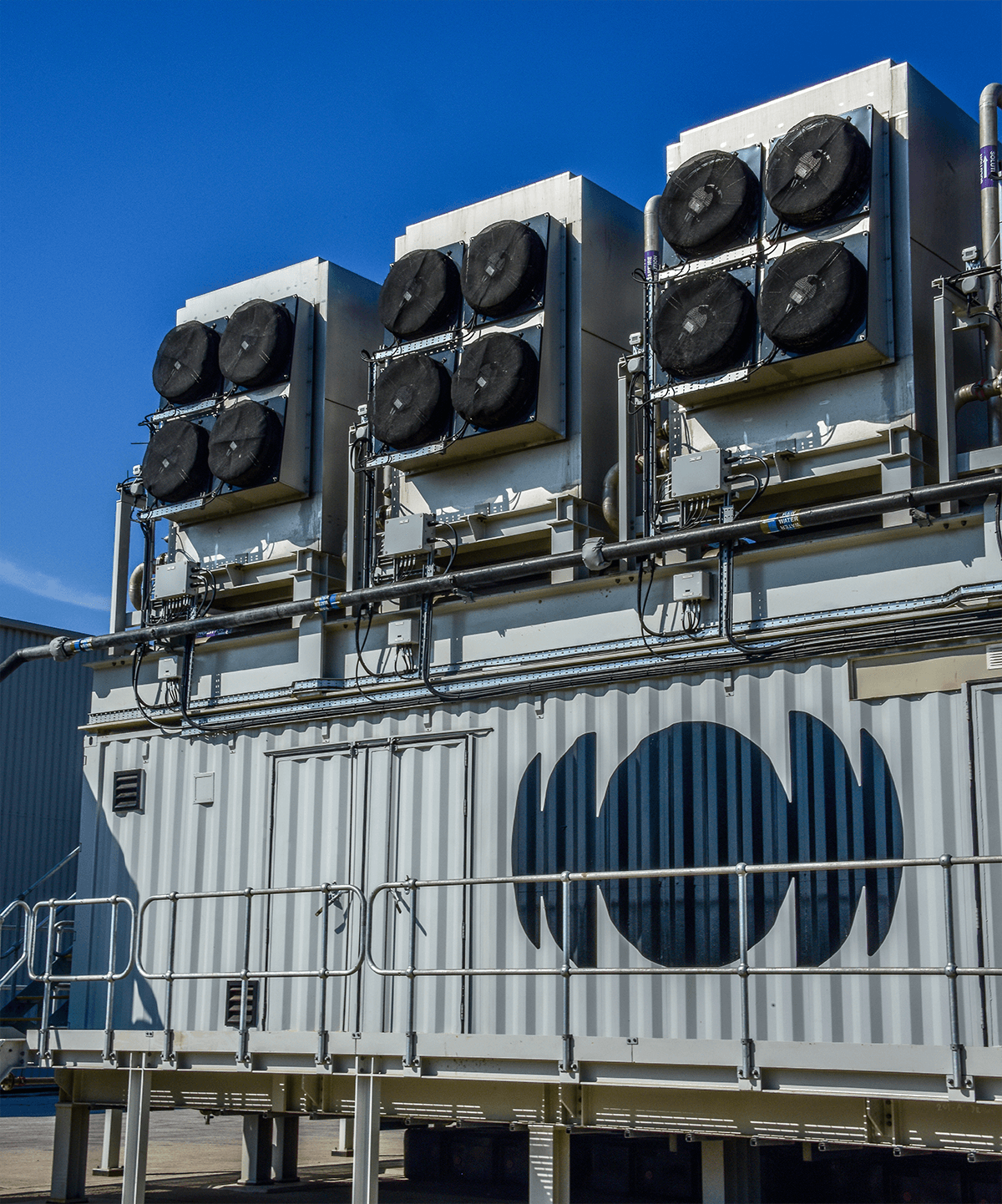
Why high-quality carbon removal can’t be delayed
To avoid the worst impacts of climate change, we don’t just need more carbon removal; we need high-quality carbon removal that delivers real, lasting results.
Today, only 4% of credits available on the voluntary carbon market come from carbon removal projects and just 2% of these credits represent high-permanence engineered pathways. Lower-cost, shorter-term CDR can play an important role in meeting climate targets, but these solutions alone can’t get us to Net Zero. Their permanence is limited, their measurability is often uncertain, and their scalability is constrained.
To meet climate targets, we’ll need gigatonne-scale high-quality carbon removal – which means investing in emerging solutions like DACCS today. Delaying support risks a supply crunch later and locks in higher long-term carbon prices. In contrast, early investment in quality carbon removal helps bring down costs, build infrastructure, and lay the groundwork for durable climate impact.


